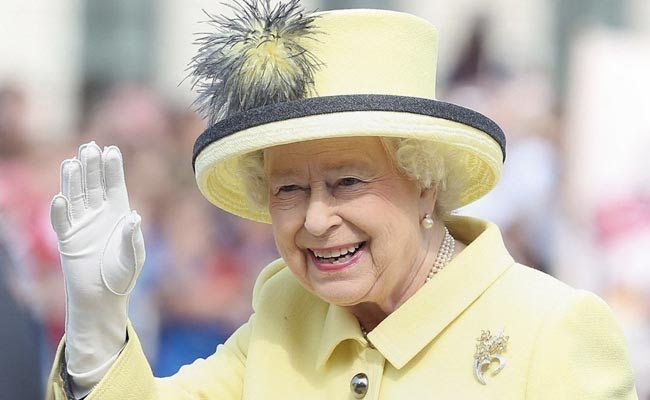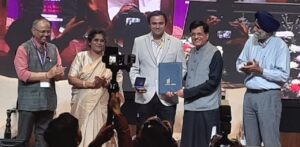
Queen Elizabeth II, who oversaw the fairly peaceful dissolution of an empire that once spanned the globe and whose reign saw Britain transition from the steam age to the era of smartphones, has passed away. She was 96.
According to a statement from Buckingham Palace, she passed away quietly on September 8 in the afternoon at her estate in Balmoral, Scotland.
Elizabeth presided over the UK during a period of political upheaval after assuming the throne in 1952. She assumed power as the leader of an empire that was, admittedly, in decline. By the time of her passing, Scotland was frequently calling for independence, and Northern Ireland’s unrest had been exacerbated by Britain’s decision to leave the European Union.
Elizabeth surpassed Queen Victoria, who had ruled the UK from 1837 to 1901, in 2015 to become its longest-reigning queen. Elizabeth’s 73-year marriage to Prince Philip, whom she referred to as her “strength and stay,” ended in death in April 2021 at the age of 99.
Charles, her eldest son, becomes King Charles III in her place.
In a statement, he added, “We mourn sincerely the demise of a valued sovereign and a much-loved mother.” “I believe her death will be felt keenly across the nation.”
After a period of criticism in the 1990s, which culminated in media-fueled indignation at the family’s subdued response to Princess Diana’s death in 1997, Elizabeth reached the end of her reign with her popularity fully restored. Thousands of people flocked to London for four days of Diamond Jubilee celebrations in 2012, the year London hosted the Olympic Games, as the monarch commemorated 60 years on the throne.
In 2022, she celebrated her Platinum Jubilee, marking 70 years as monarch. A scaled-down group of direct heirs to the throne and their close relatives made an appearance on the balcony of Buckingham Palace to celebrate the celebration of her reign.
Her heir, Prince Charles, and his first son, Prince William, both paid formal homage to the queen in front of a crowd of tens of thousands that flocked to the area around the palace for a live performance, marking another important moment of the monarchy’s continuance.
The media’s relentless focus on the personal lives of her children and grandchildren presented one of her greatest obstacles throughout her rule.
An estimated 750 million people watched the 1981 royal wedding on television. Prince Charles married Lady Diana Spencer. The marriage was celebrated by Archbishop Robert Runcie, who described it as the “stuff of fairy tales.” The couple soon gave birth to Princes William and Harry. But after a few years, the marriage began to show symptoms of strain as Charles and Diana publicly avoided one another on public outings, and the tabloids soon began to extensively chronicle their various affairs.








